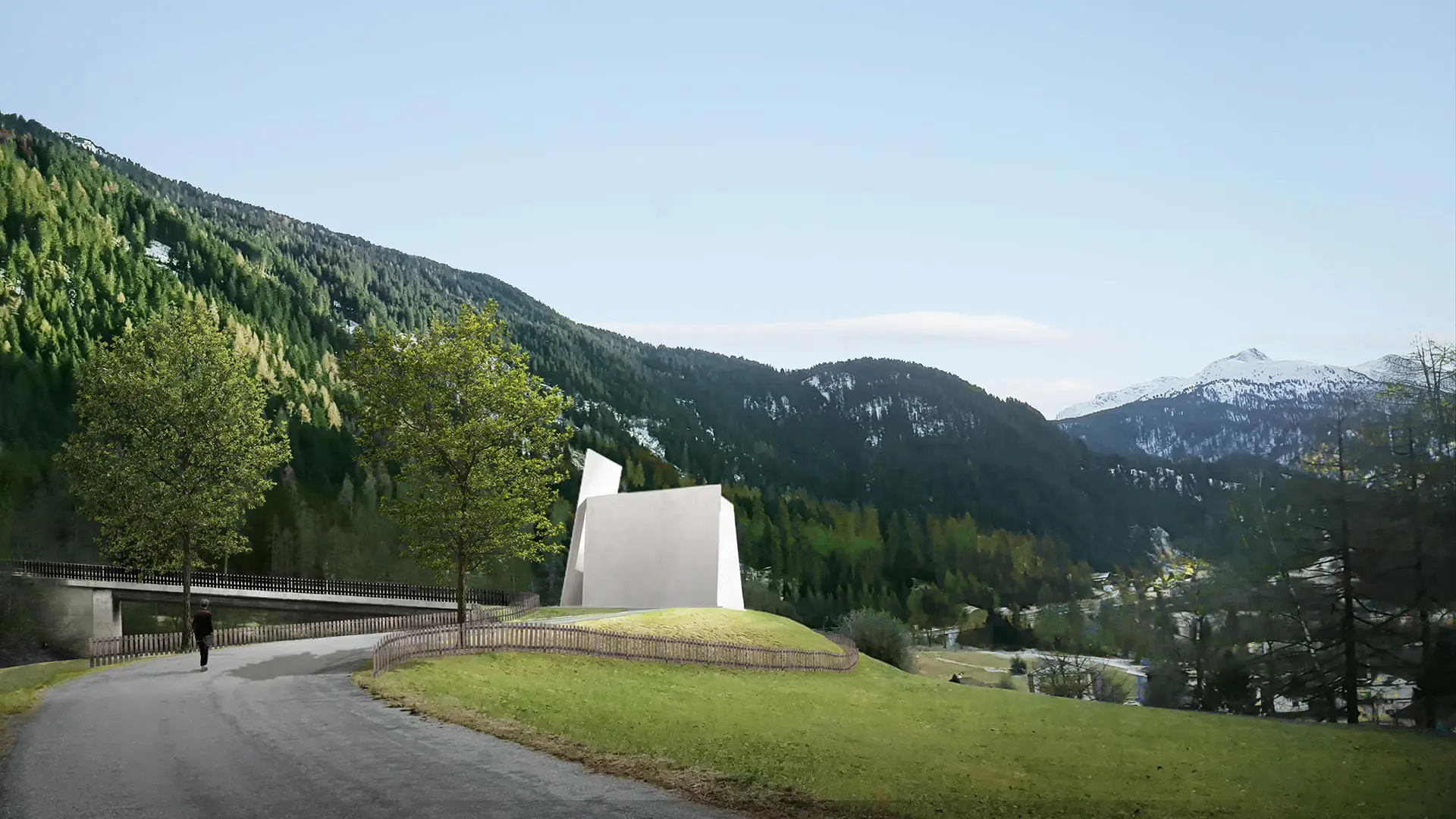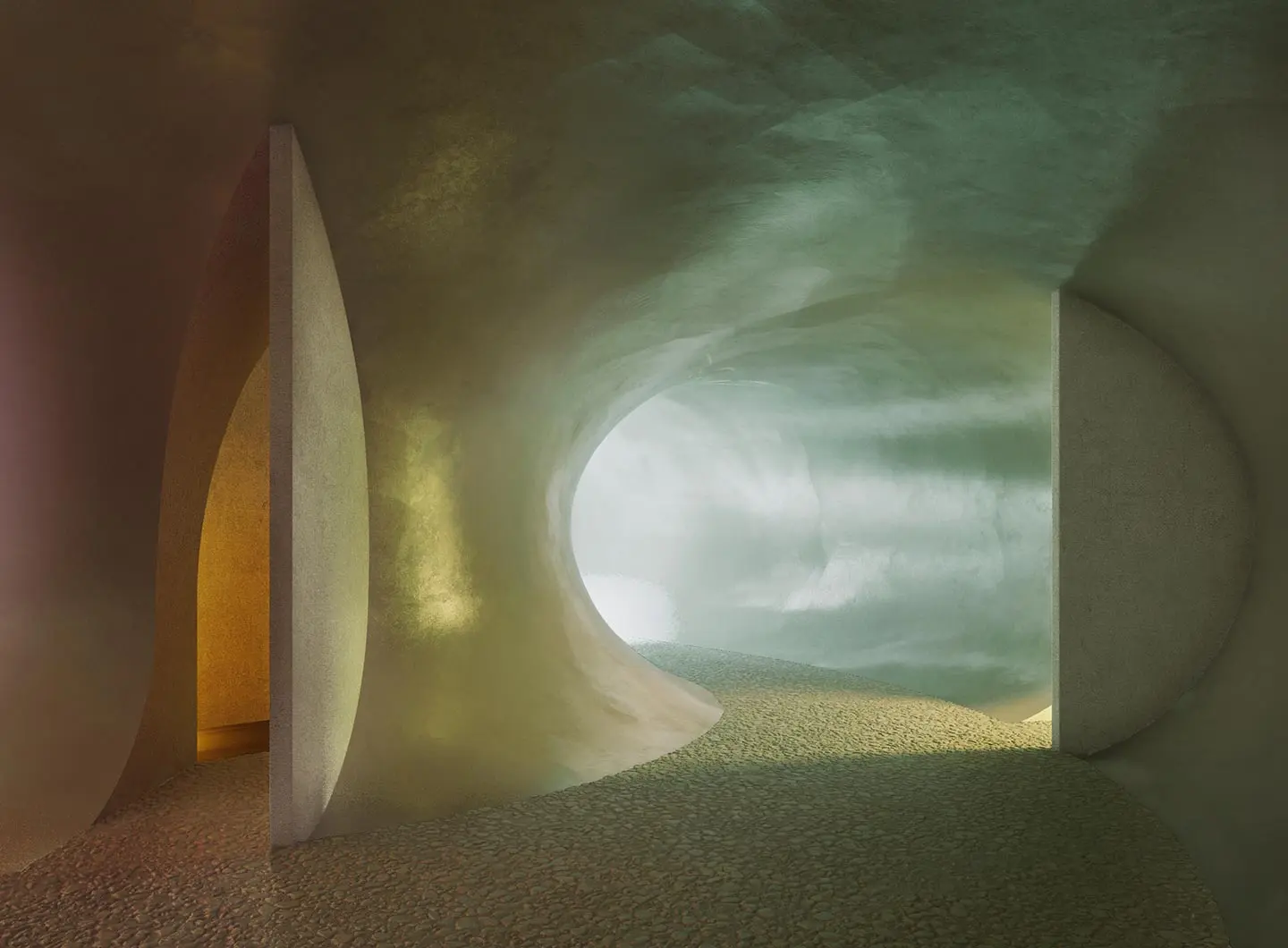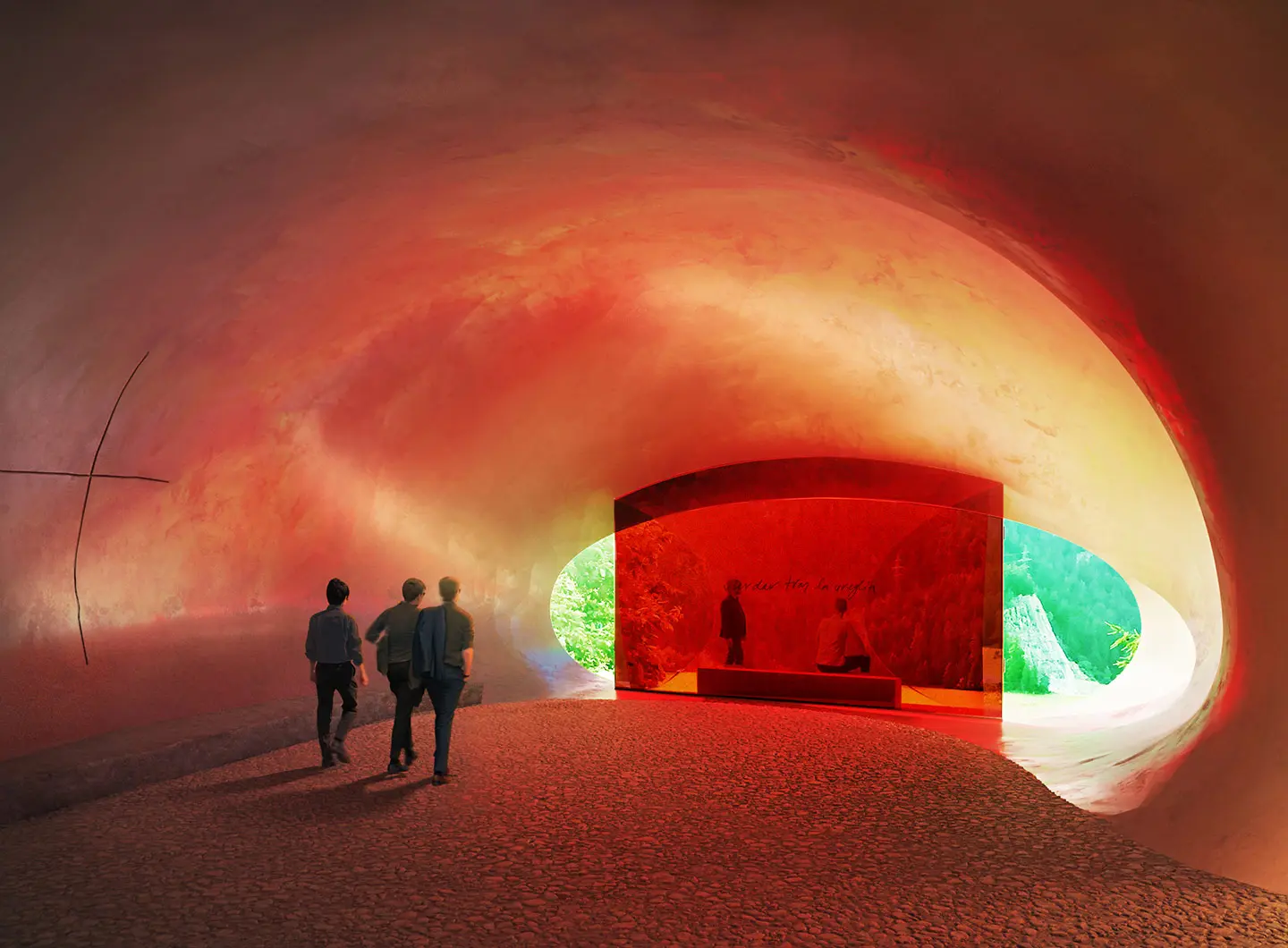From BIG to David Chipperfield, Frank Gehry to Snøhetta: a world tour of the best buildings set to open in 2026

© Herzog & de Meuron
A place of contemplation and prayer along a Swiss motorway, as well as a wonderful viewpoint and stopping place.
It’s the very first motorway church in Switzerland. A place of quiet contemplation for local inhabitants and drivers along the A13, which runs from north to south through the canton of Ticino in the Grisons. No prizes for guessing that as soon as building is complete, it will also become a magnet for architecture buffs. The Swiss architecture studio Herzog & de Meuron, from the village of Andeer, where the chapel is being built, envisioned a sculptural volume that would be visible from far off, deliberately white, a hallmark of many of their projects. The Grisons are dotted with chapels, in woods and fields, many of them extremely old and perfectly integrated into the beautiful Alpine landscape. It was exactly this perfect symbiosis between the built environment and nature and the sense of spirituality it emanates that led the architects to “invent” a contemporary motorway chapel. There is no sense in which this chapel seeks to compete with the ancient ones, especially outstanding because of the aura conjured up by the frescoed walls.
The project was not fully defined initially, but took shape over the course of a number of meetings with the local community and the pastor of Andeer. It does not reference any particular building, church or place of prayer, but was informed by a desire, almost a necessity, that emerged from their perception of the place and the road. There was already a bridge between the village and the surrounding countryside, which helped decide the choice of building location.

© Herzog & de Meuron
The first problem Herzog & de Meuron had to contend with was how deal with the road noise and insulate the chapel acoustically. A door was clearly not enough to separate inside and outside, both acoustically and spatially. The solution came from thinking about the human ear; sound waves enter the ear canal, penetrating deeper and deeper, until our brain converts them into sounds. The chapel therefore became a sequence of underground spaces, small catacomb-like caves that flow seamlessly into each other. Rather than following an anthropomorphic analogy, they took on archaic and abstract forms. The deeper you go, the weaker the sound from outside, until you reach the final space, which is absolutely silent, with a view of the landscape through the great oval window. A pane of red glass heightens the rays of the setting sun in the evening, creating a particularly suggestive and evocative atmosphere that chimes perfectly with the purpose of the place itself.

© Herzog & de Meuron
From the road, the chapel looks like an enormous road sign, an open volume entered through an airy sanctuary at ground level, surrounded by leaning, supporting walls. It is not distinguished by any religious signs or symbols, but its religious neutrality makes it a secular stopping place, there next to the motorway, designed to make visitors want to fully immerse themselves in the place and the surrounding countryside, laying themselves open to an introspective journey.


 Stories
Stories








